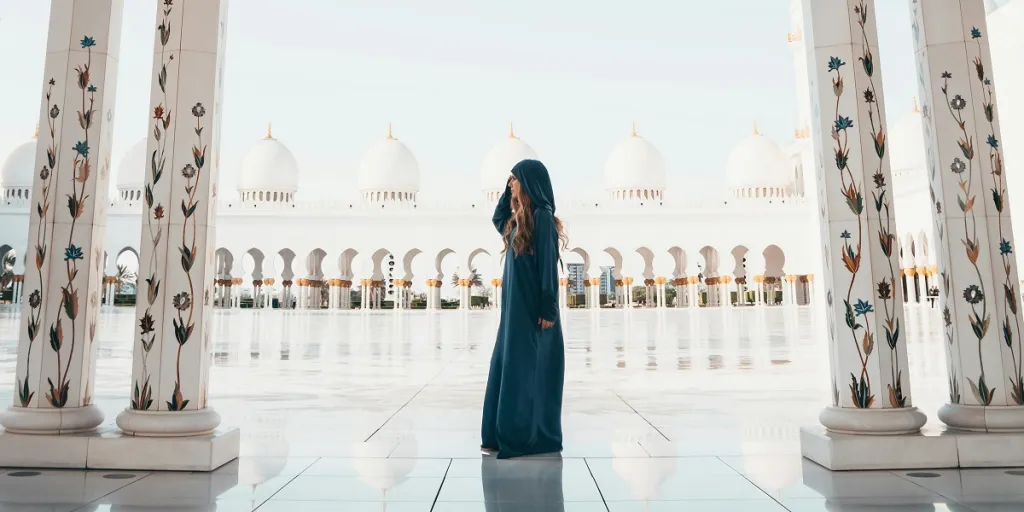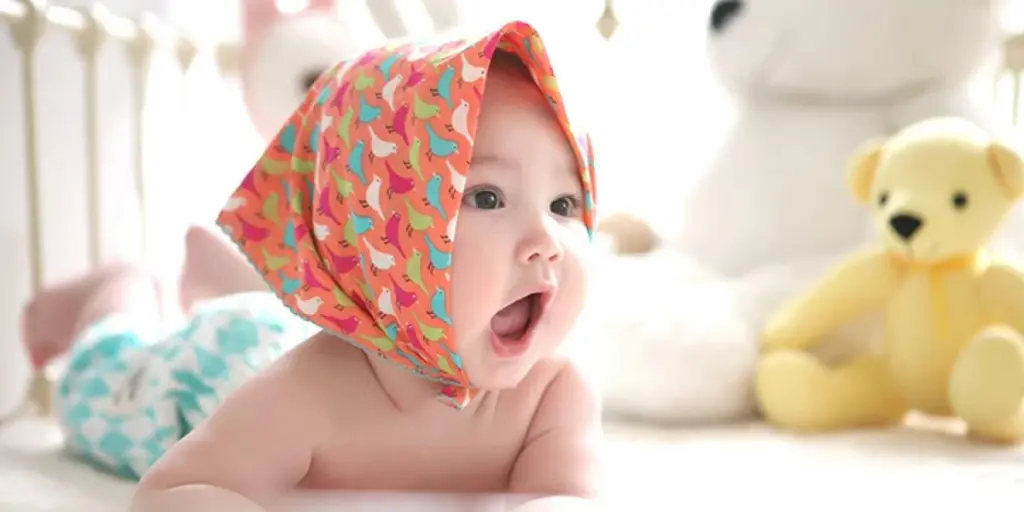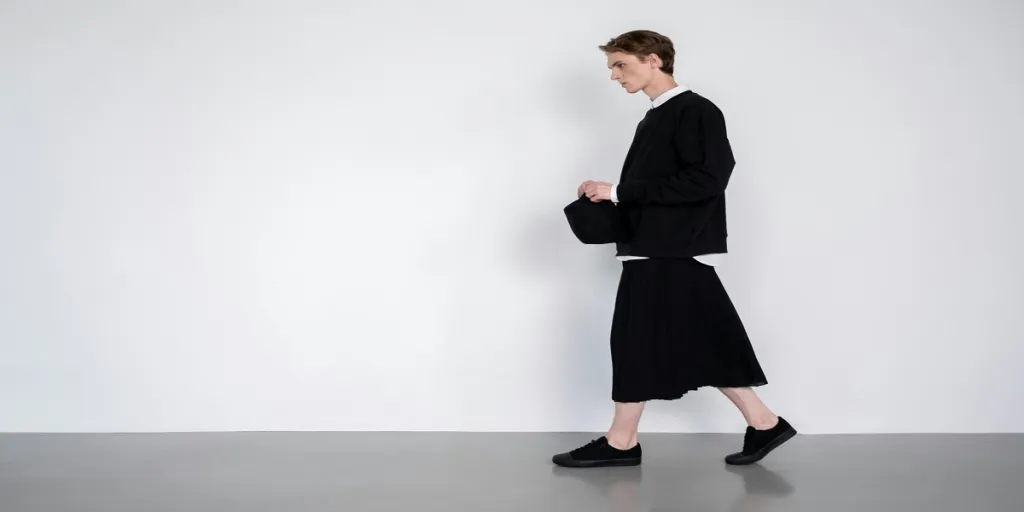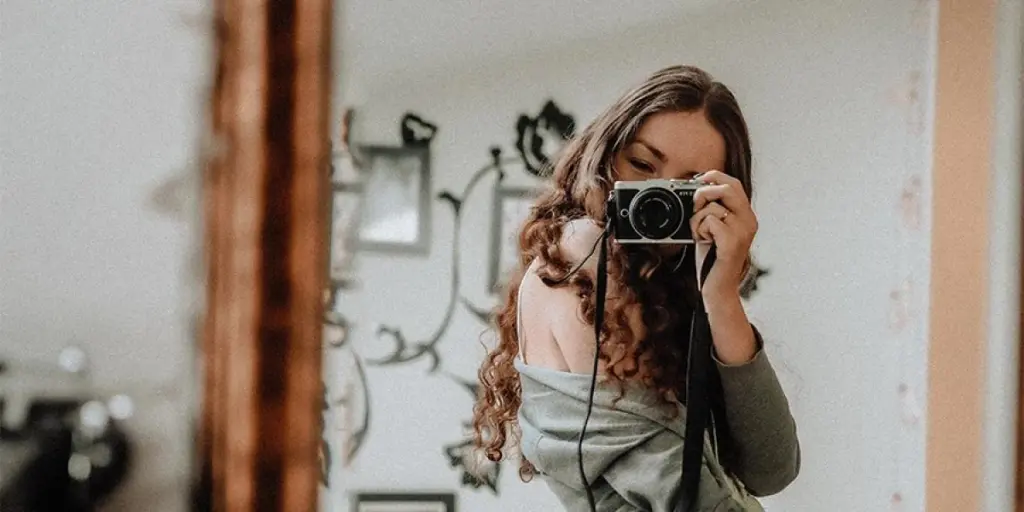A/W 23/24 will see a continued appreciation for craft, emotive, and nurturing trends inspired by global migratory lifestyles. For women’s textiles, the trends suggest a shift toward comfort-led fabrics, natural, warm colors, and influences inspired by community crafts.
Sustainability is a key driver in women’s textiles, focusing on plant-based fabrics and the increase in farm-to-table ingredients in women’s fashion. Modern biotechnology and ancient elements are fusing to balance the past and present, resulting in increased sustainability trends.
In 2023 and 2024, the reorientation that fuels demand for multipurpose, flexible, and anywhere products is made inspired by nomadic lifestyles, both contemporary and traditional.
Here are forecast trends in women’s textile forecast A/W 23/24.
Table of Contents
Overview of the global textile market
Key trends in women’s textile A/W 23/24
Conclusion
Overview of the global textile market
The global textile market is currently valued at US $993.6 billion. It is expected to grow at a compound annual growth rate (CAGR) of 4% in five years. The global textile industry is an ever-growing market with key competitors being China, the United States, European Union, and India.
Competition between textile manufacturing countries’ growth of e-commerce platforms is expected to continue driving market growth in the forecast period.
Key trends in women’s textile for A/W 23/24
1. Color-infused
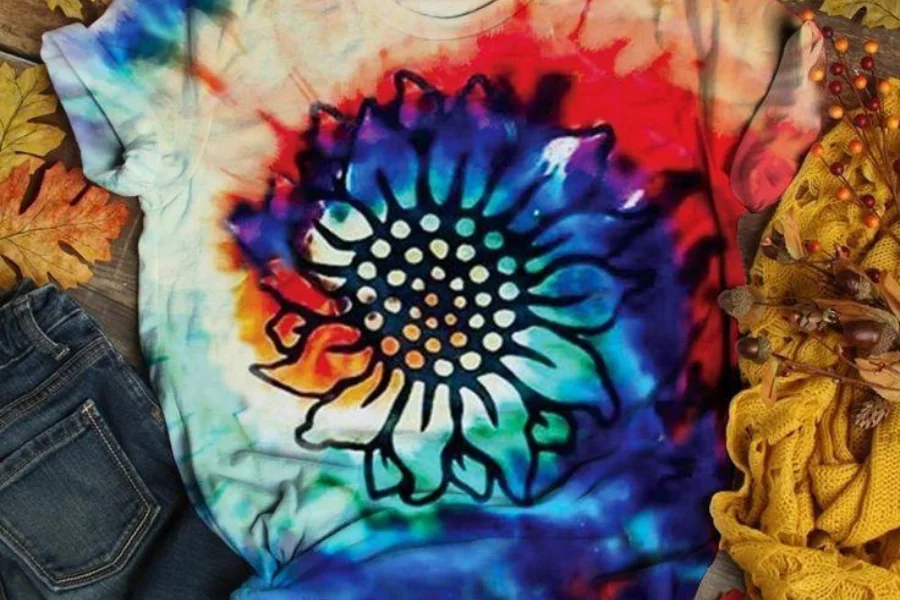
Color-infused women are textiles designs treated or dyed with vibrant or bold colors to enhance their visual appeal. The color infusion imparts a bright and vivid hue to the textile, making it stand out and attract attention.
Color-infused designs are versatile and can be used to create various clothing styles. Some popular styles include:
- Caftans: loose-fitting, tunic-style dresses perfect for a casual, beachy look
- Scarves and shawls: these versatile accessories can add color and texture to any outfit
- Tops and blouses: lightweight tops and blouses are perfect for the summer and made from various fabrics, including cotton and silk
2. Love-cycled craft
Love-cycled craft designs are created using recycled materials. Love-cycled themes focus on sustainability and reducing waste creating new and beautiful products from discarded materials.
They are made from old clothing, linens, or industrial scrap fabric. These products are often handmade and are highly valued for their unique and eco-friendly nature.
This textile style is popular among women looking for environmentally friendly and sustainable fashion options.
3. Cabincore checks
Cabincore checks designs feature a plaid or checked pattern.
The cabincore style by the traditional and cozy aesthetic of a cabin in the woods. It typically features earthy colors such as brown, green, red, and navy and is often made from rugged, durable fabrics such as wool or flannel.
This style is popular among women who appreciate a classic and timeless look in flannel shirts, cozy sweaters, and warm scarves.
The cabincore style is perfect for those who enjoy outdoor activities and the great outdoors and are looking for comfortable and practical clothing that reflects their lifestyle.
4. Nature commuter
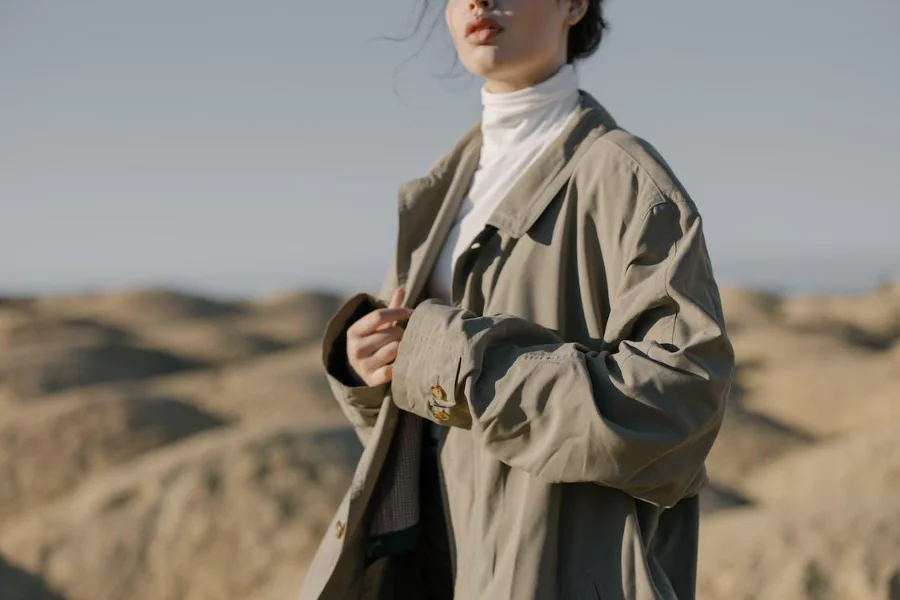
Nature commuter designs are women’s clothing or fabric products designed for women who commute or spend time outdoors. The focus is on creating functional and stylish clothing while incorporating natural and environmentally friendly materials.
This textile style often features muted earth tones, such as greens, blues, and grays, and is made from organic cotton, hemp, and bamboo.
This type of textile is popular among women who are environmentally conscious and appreciate clothing that is both comfortable and sustainable. Examples of nature commuter women’s textiles include organic cotton dresses, hemp jackets, and bamboo leggings.
The key to the nature commuter style is creating functional clothing that is both practical and stylish while minimizing the impact on the environment.
5. Soulful minimalism
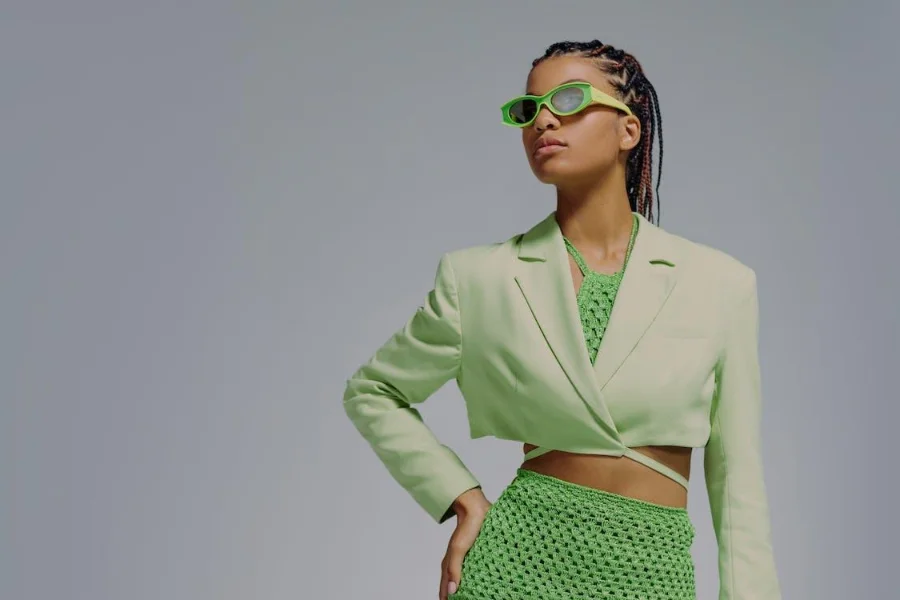
Soulful minimalist designs refer to women’s clothing or fabric products that embody a minimalist aesthetic emphasizing comfort and simplicity.
This textile style features neutral colors such as black, white, and gray and is made from comfortable, breathable fabrics such as linen or cotton.
The focus is on creating effortless, versatile, and understated clothing while still being stylish and refined. This style is popular among women who appreciate a clean, uncluttered look and value simplicity and comfort in their wardrobe.
Examples of soulful minimalist women’s textiles include simple linen dresses, oversized cotton T-shirts, and clean-lined jackets. The key to the soulful minimalism style is creating simple clothing still reflective of a wearer’s style and sense of self.
6. Gentle living

Gentle-living women embody a relaxed, comfortable, and sustainable lifestyle. This textile style features soft, natural colors such as pastels and is made from environmentally friendly and comfortable organic cotton, linen, and hemp.
The focus is on creating comfortable, versatile, and easy-to-wear clothing while also being mindful of the environment.
This style is popular among women who appreciate a slow-paced, peaceful, and natural way of life and look for clothing that reflects these values.
Examples of gentle living women’s textiles include soft organic cotton tees, flowy linen skirts, and comfortable hemp pants. The key to the gentle living style is creating comfortable, practical, and environmentally conscious clothing while reflecting a peaceful and relaxed aesthetic.
7. Heirloom lace

Heirloom lace is a type of lace passed down through generations and is often considered a family treasure. It is usually handmade and often has intricate designs and patterns.
Heirloom lace designs are made from natural fibers such as cotton, linen, or silk and are typically used for decorating clothing, household linens, and other textiles. The value of heirloom lace is not just in its beauty and history but also in the skill and time that went into making it.
Conclusion
The women’s textile forecast for A/W 23/24 will drift toward sustainability producing craft, passionate, and nurturing designs through a global migratory lifestyle.
The climate crisis and pandemic have highlighted the importance of care and migratory patterns where people turn their backs on crowded cities.
These are key trends and designs that businesses must find their spot in women’s textile forecast for A/W 23/24.

